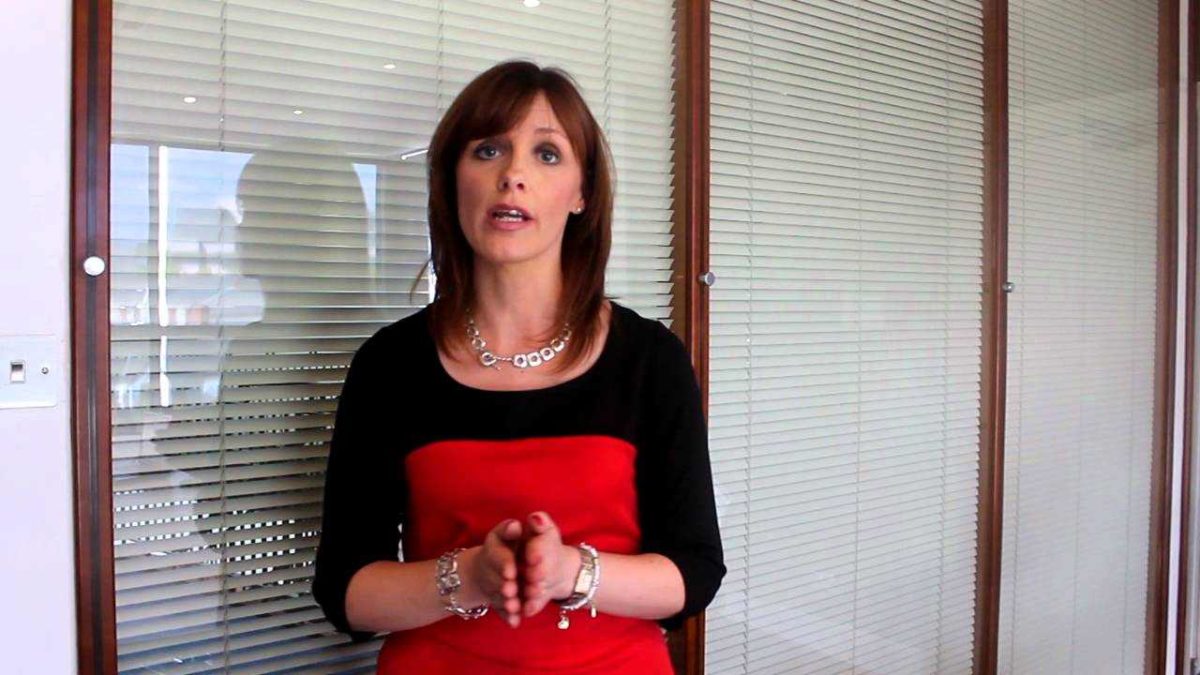According to the annual review of the residential property market from Sherry Fitzgerald, the sudden slowdown of 4% in closed sales for new homes is due to a backlog in connecting new builds to utilities.
Division managing director Marian Finnegan (pictured) said: “The slowdown in the new homes market is a cause for concern. There were c.6,200 new home closings in Ireland between January and September 2019, 4% less than in the comparable period in 2018. In Dublin, there was an astounding 20% drop in closings year-on-year.
“Anecdotal evidence suggests the properties have been constructed but the final closing of new units appears to be held up by a backlog in connecting these to essential utilities.”
Overall, the Property Price Register recorded 38,7000 housing transactions for the first nine months of 2019, an expansion of 4% on the comparable period in 2018. In the Dublin area, the 12,200 transactions represented only a 0.5% rise on the same period in 2018.
Finnegan added: “All regions noted an improvement in secondhand sales in the period apart from the Border region, where Brexit concerns likely hampered the market. As was the case with new homes, the Mid-East experienced the largest increase in sales in the second-hand homes market, at 9%. The region has undergone a sustained period of transaction growth and has outpaced national growth for the past number of years.
“As they did in 2019, tighter credit conditions are also likely to limit sales growth in 2020, with the volume of sales expected to be similar to 2019 levels.”
The report notes that the proportion of sales to owner-occupiers is rising again, and made up four-fifths of all purchasers in the period. First-time buyers made up just over half of all owner-occupiers in 2019.
“The data also highlights the steadily diminishing presence of small private investors in the market," Finnegan added. "In 2019, investors made up just 15% of purchasers buying property through Sherry FitzGerald, its lowest proportion in six years. Compounding this, 33% of vendors were selling investment properties.”
Selling prices rose by only 0.2% compared to 3.7% in 2018, which Sherry Fitzgerald attributes to Central Bank rules rather than a lack of demand. In Dublin, average prices fell by 0.8%, the first fall since 2011.
Finnegan commented that the areas where growth has been the lowest corresponds to the areas where the mortgage rules are the most binding.
Average rents rose by 8.2% nationally through 2019, with 6.6% inflation in Dublin. By the end of Q3 2019, rents in Dublin were 35% higher than their pre-crisis peak — a rental increase of over €450 per month or €5,500 a year. Nationally, rents are now 25% above their pre-crisis peak.
Construction output increased in Q1-Q3 2019, although the rate of growth in comparison to past years slackened. In total, 14,760 new dwellings were completed, or 18% up on 2018 but down from the 28% increase on 2017.
“For the full year 2019, it is estimated that 21,500 new housing units were built,” said Finnegan. “The Central Bank is expecting this to increase to 24,500 this year, and to 27,000 in 2021. This would leave an estimated shortfall of 12,500 to 18,500 units in 2019, 9,500 to 15,500 this year, and between 7,000 and 13,000 in 2021.”
The company expects flat prices and stable growth in 2020. "Whatever the composition of the new government, they face immense challenges in stabilising the lettings market, decreasing the supply deficit, bridging the affordability gap and alleviating homelessness," said Finnegan.
“In order to achieve this, the new government must prioritise and be proactive in increasing supply to the market. This must be done through a variety of means; including incentivising landlords to return to the market, reducing building costs, increasing employment in construction and further discouraging land hoarding.”












